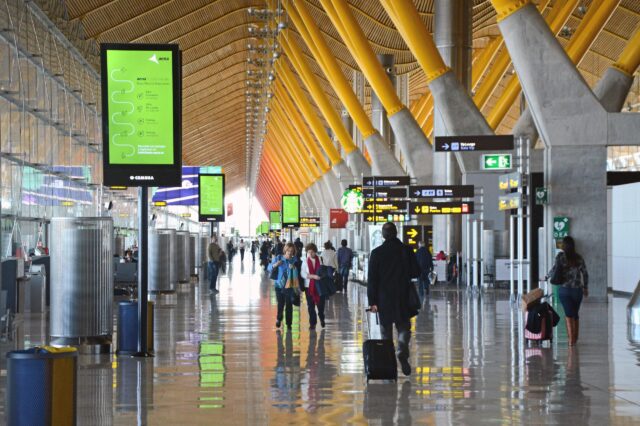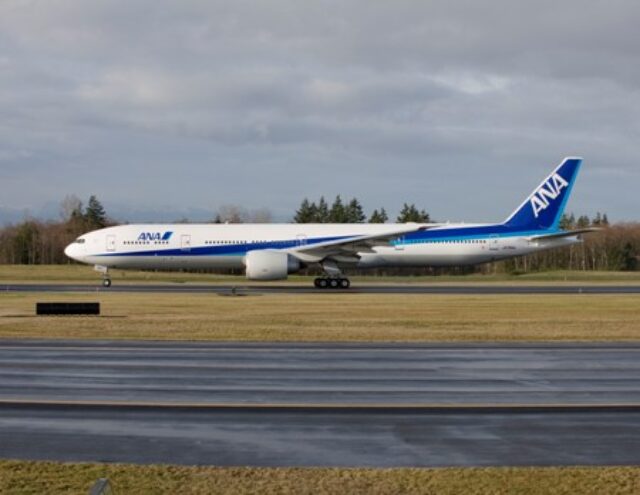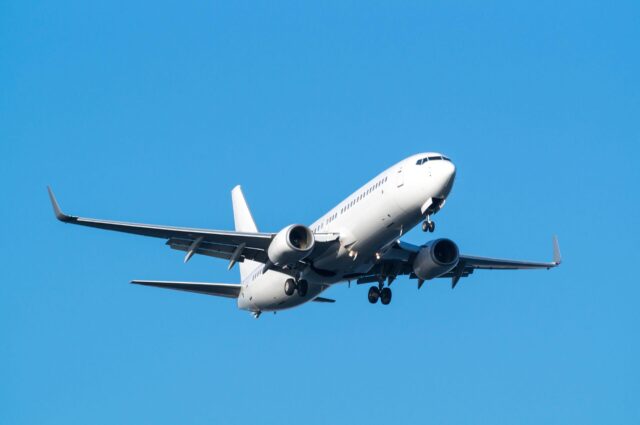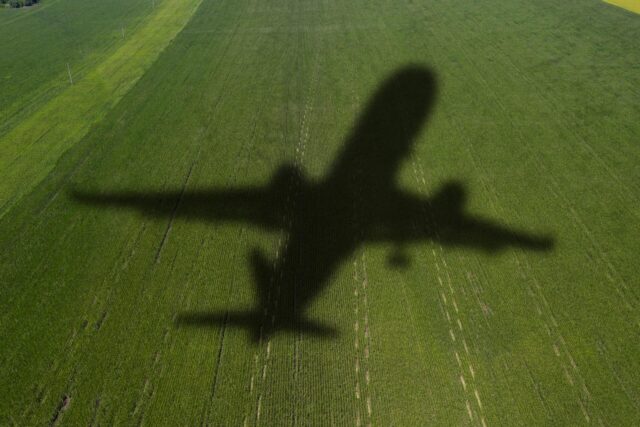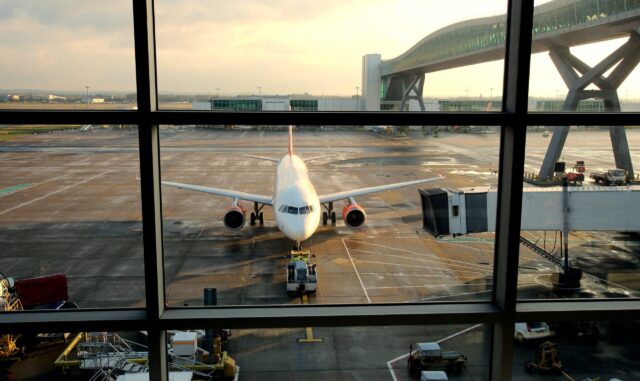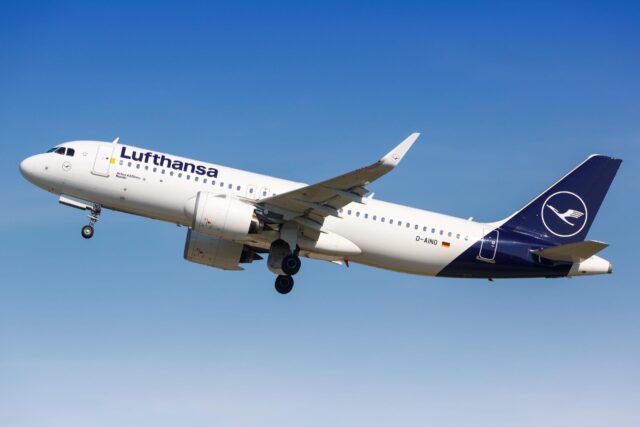Strong recovery points Zambian airports towards growth
September 18, 2024

Zambia Airports Corporation Limited (ZACL) is riding on a tide of continuous growth as it marks 35 years of airport services in the southern African country.
ZACL manages and operates four international airports in Zambia: Kenneth Kaunda International Airport (KKIA) in Lusaka, Simon Mwansa Kapwepwe in Ndola (SMKIA – and serves the Copperbelt region), Harry Mwaanga Nkumbula (HMNIA) in Livingstone (Victoria Falls) and Mfuwe International Airport. Additionally, ZACL manages select provincial aerodromes and the provision of air navigation services within the Zambian airspace.
In September 2024, ZACL celebrated its 35th anniversary. Over the years, it has focused on expanding and modernising airport infrastructure across the country. This includes upgrades to terminals, runways, communication, navigation and surveillance systems, and other facilities to meet international standards.
In more recent years, ZACL has immersed in several facility expansion projects – at HMNIA and KKIA in Lusaka, the construction of a new greenfield airport in Ndola and the ongoing rehabilitation of aerodromes like Kasama, Mongu, Solwezi and Mansa airports.
“We are playing a crucial role in enhancing connectivity by attracting more airlines to operate in Zambia,” said Ngoza Matalaka, ZACL’s managing director. The key operators at KKIA (the main gateway) include home based carriers Proflight Zambia and Zambia Airways, covering a network of domestic and regional services. Other international airlines serving the airport include Emirates, Qatar Airways, Turkish Airlines, Ethiopian Airlines, Kenya Airways, Airlink, LAM – Mozambique, Rwandair, Air Tanzania and South African Airways.

Route resurgence?
Long time operator British Airways terminated its three times a week service from London Heathrow to Lusaka in October 2013 citing the lack of profitability as the reason for the suspension. Meanwhile, industry observers locally reckon that fast forward to 2024, the route could ignite a profitable operation using a 787-8 (compared to BA’s older 767s that previously operated the service) and considering Zambia’s improved economic outlook since then.
However, logic dictates that BA will likely focus on developing the route, perhaps through codeshares it has with other African airlines – the jury is still out. Consequently, ZACL has embarked on several air service development initiatives which include reaching out to potential airline operators through marketing visitations, meetings, trade conferences and tourism promotion. “It is through such efforts that airlines including Qatar Airways, Flysafair and LAM Mozambique have commenced operations into Zambia,” noted Matalaka.
Supposedly, the return of direct flights to Europe has been slower than expected but reportedly, ZACL has several initiatives to help rake in more airline capacity at its airports. For instance, it [ZACL] is offering load factor discounts to airlines achieving load factors of 65% and above, incentivising efficient capacity utilisation. ZACL is also waiving landing, navigation, and parking charges at newly commissioned airports such as Kasama Airport for a duration of 12 months.
Other initiatives include providing discounts to new operators, including 50% off in the first year, 40% in the second year, and 30% in the third year on landing, parking, and ground handling charges.
Building infrastructure
The corporation has carried out extensive upgrades to its airport handling capacity through ongoing infrastructure development. “We built new cargo facilities at KKIA and SMKIA to cater for growing cargo volumes passing through the airport. Investing in more cargo facilities and initiatives to improve air freight throughput was in the plan and clearly outlined in our land use,” Matalaka commented.
The new Terminal 2 at Lusaka’s KKIA opened its doors to international travellers in August 2021. The previous terminal has now been fully refurbished and rebranded as Terminal 1 catering for domestic operations. The KKIA upgrade project included construction of a four million passenger Terminal 2 building, with six aerobridges and associated apron space, four CIP lounges and a government VIP lounge section. According to Matalaka, other upgrades include runway enhancements, taxiway expansions, and the installation of airfield ground lighting, such as at Kasama and Mansa airports.
ZACL has focused on enhancing passenger amenities by introducing improved seating areas, self-check-in kiosks, and upgraded restroom facilities. In addition, several catering, banking and shopping facilities have also been added. “Embracing technological advancements has been a key focus for ZACL,” said Matalaka. “We have deployed digital systems in passenger and baggage handling services, car parking and air traffic management with a resultant improvement in operational efficiency and customer experience.”
Alongside the expansion of infrastructure, the corporation has significantly enhanced its commercial services around the airports, such as larger and more advanced retail spaces, airport hotels, aviation training and cargo facilities. “Consequently, the airport [particularly KKIA] is no longer merely a transit point for boarding flights, said Matalaka, and that it has evolved into a multifaceted destination where travellers and visitors can shop, dine and engage in various commercial activities.

Record recovery
In 2023, ZACL’s four airports served over two million passengers, representing a 24% increase compared to 2022. In the second quarter of 2024, the post-pandemic recovery continues to perform strongly, in tandem with other global regions.
In Q2 2024, (ZACL) processed 569,658 general passengers across its network of airports, a 15% increase from the 494,110 passengers during the same period in 2023. International passenger traffic rebounded by 117% in terms of pre-pandemic recovery and recorded a year-on-year growth of 17%. Domestic passengers rose by 146% with all airports surpassing pre-Covid levels and recorded a year-on-year growth of 11%.
Also in the same quarter, ZACL airports processed 5,124 tonnes of cargo and mail, a 23% increase from the 4,166 tonnes recorded in 2023. This volume surpasses the 2019 level of 5,110 tonnes, achieving a recovery rate of 100.3%, according to ZACL figures.
Matalaka is keen to see Zambia develop into a regional aviation centre and match international safety standards. “We’re committed to evolving our airports into efficient, passenger-centric hubs, enhancing traveller experiences, attracting international airlines, and driving economic growth,” she said.
The plan to create airport cities and an economic life around them appears to be gaining momentum as evidenced by the recently opened Mariott transit hotel on the grounds of KKIA. Matalaka concluded: “Our goal is to create a dynamic environment where all necessary activities and services are conveniently available within and around the airport premises.”




